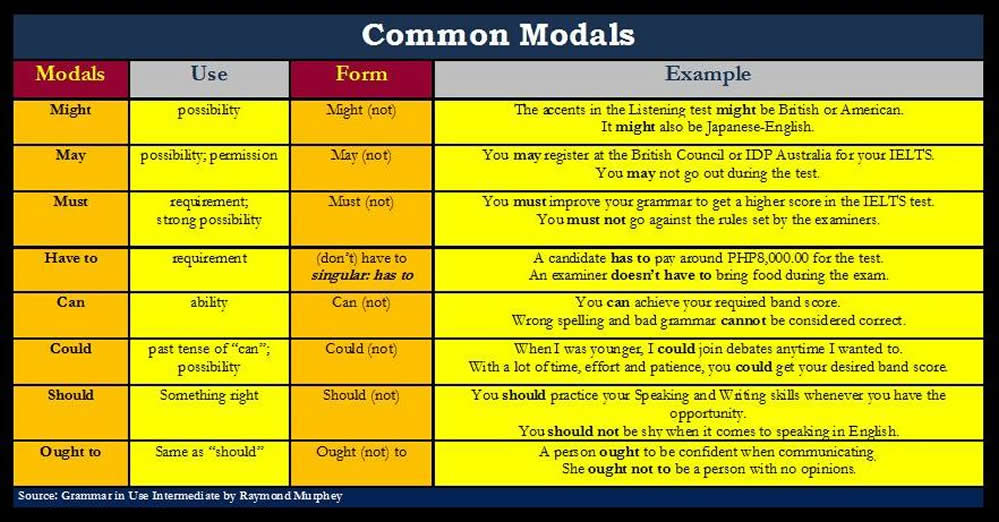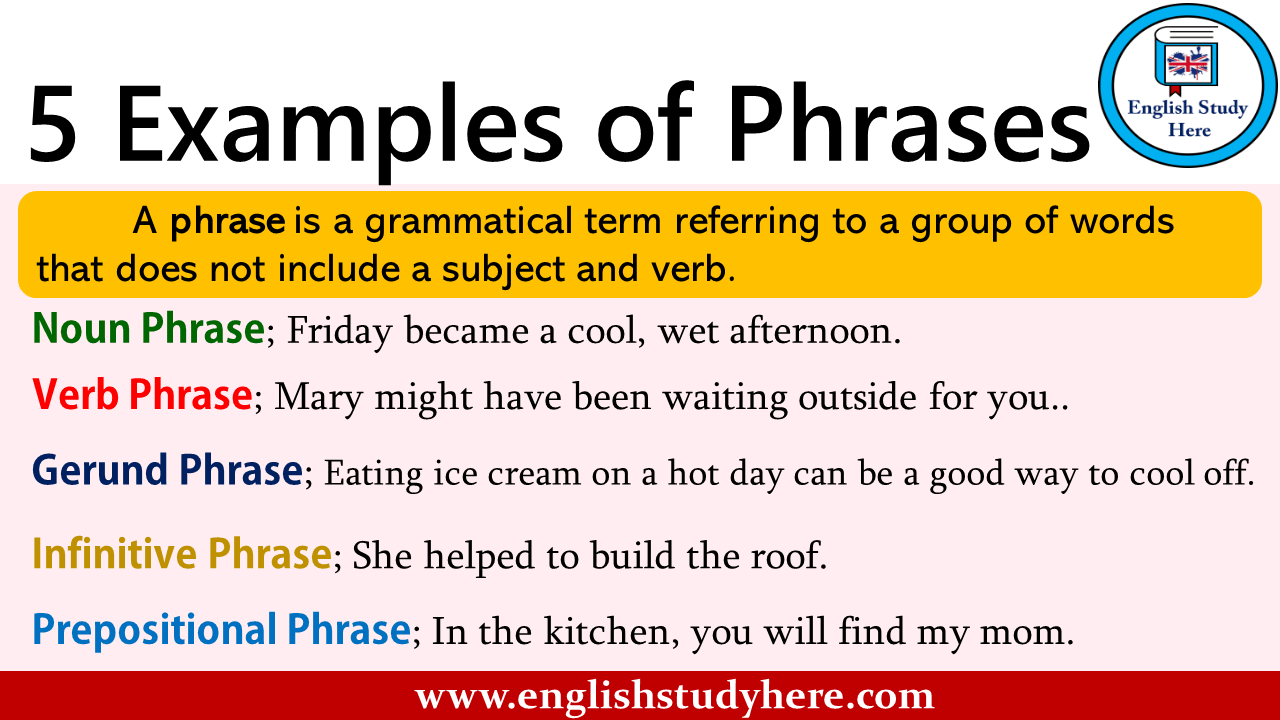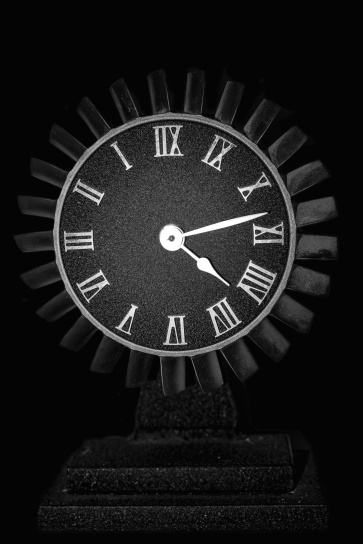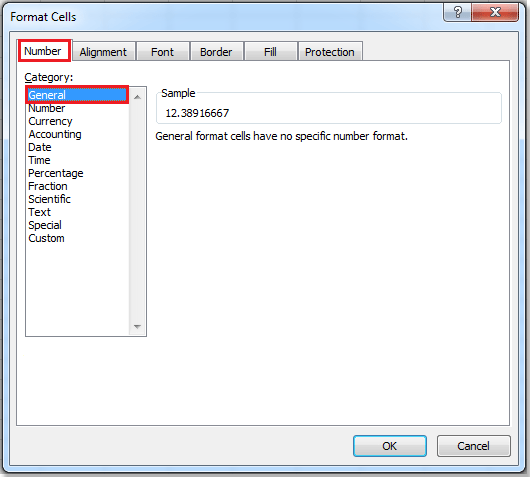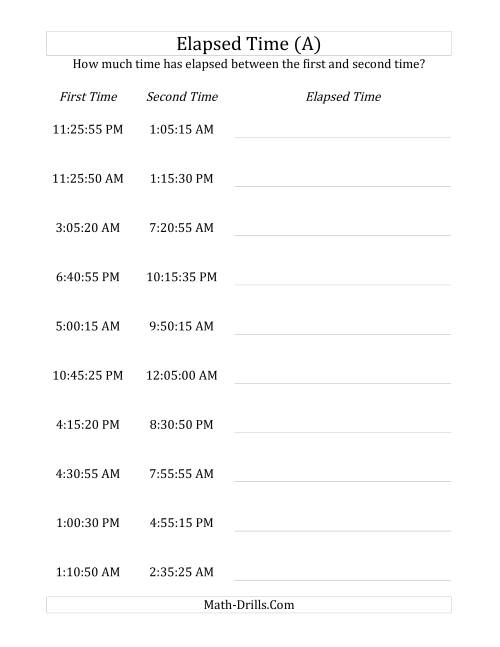Auxiliary verbs usually accompany an infinitive verb or a participle, which respectively provide the main semantic content of the clause. An example is the verb have in the sentence I have finished my lunch. Here, the auxiliary have helps to express the perfect aspect along with the participle, finished. Some sentences contain a chain of two or more auxiliary verbs.
Auxiliary verbs are also called helping verbs, helper verbs, or auxiliaries. Research has been conducted into split inflection in auxiliary verbs. Some auxiliaries are usually called modal but often act to give grammatical information by forming a tense with a main verb. For this reason, some people will classifywill and would as Primary Auxiliary verbs. That is a sensible approach because both verbs can act in both ways.
The classification is then split so when they act as primary modal auxiliaries, that is what they should be called and likewise when they act as modal auxiliary verbs. Auxiliary verbs "help" other verbs form different tenses and moods; they are used to define when actions take place, or to emphasize other actions or objects in a sentence. For this reason, auxiliary verbs are also called helping verbs. The word that the auxiliary verb is "helping" is called the main verb or full verb. Main verb auxiliary verb example as a main verb example as an auxiliary verb be It can act as a linking verb.
We use in in negative sentences and questions./ The third person singularform is does. Have It means to own something or to eat something. It appears in the sentence to show different tenses. Used to talk about future tense in positive, negative and interrogative sentences. But when it is the auxiliary verb, it does not have a separate meaning.
It is only in a sentence to help show the tense of the main verb. As an auxiliary, we use this verb to form perfect tenses in active and passive voices. Helping verbs are defined as verbs that help the main verb in a sentence by extending its meaning. They add detail to the main verb and are needed to complete the structure of a sentence.
They can also clarify how time is conveyed in a sentence. As a result, helping verbs are used to create the complicated progressive and perfect verb tenses. Learn about the two types of helping verbs and review examples of each. Modal auxiliary verbs are used to show a necessity, capability, willingness, or possibility.
Unlike most verbs, there is only one form of these verbs. Typically, verb forms change to indicate whether the sentence's structure is singular or plural. Most verbs also indicate whether something happened in the past, present, or future.
This is not the case with most modal auxiliary verbs, which makes them simpler to understand and use correctly. Auxiliaries are also called helping verbs because they help to complete the meaning of main verbs. Unlike main verbs, auxiliary verbs can't be the only verb in a sentence except in elliptical expressions where the main verb is understood as if it were present.
Inversion refers to the reversal of the normal position of the subject and the auxiliary verb of a clause. Additionally, subject-auxiliary inversion can be used to create conditional sentences, as well as for emphasis in negative sentences when negating phrases are used. An auxiliary verb is also known as a helping verb due to its relationship to other verbs in a sentence.
Explore the definition of an auxiliary verb and understand the roles of verbs, verb phrases, and main verbs with the help of examples. In English grammar, an auxiliary verb is a verb that determines the mood, tense, voice, or aspect of another verb in a verb phrase. Auxiliary verbs include be, do, and have along with modals such as can, might, and will and can be contrasted with main verbs andlexical verbs. If the negative forms can't, don't, won't, etc. are viewed as separate verbs , then the number of auxiliaries increases. The verbs do and have can also function as full verbs or as light verbs, which can be a source of confusion about their status.
The modal verbs form a subclass of auxiliary verbs. Modal verbs are defective insofar as they cannot be inflected, nor do they appear as gerunds, infinitives, or participles. Modal auxiliary verbs combine with other verbs to express ideas such as necessity, possibility, intention, and ability. In each example below, the verb phrase is in bold and the modal auxiliary verb is highlighted. Auxiliary verbs help the main verb to express tense or voice or help make questions and negative sentences. The primary auxiliary verbs are be, do, and have, and they are the most commonly occurring auxiliaries in English.
Each can also be used as a main verb in a clause, and each is able to conjugate to reflect plurality, tense, or aspect. The three primary auxiliary verbs are 'be', 'have' and 'do'. There are ten common modal auxiliary verbs and they are 'can', 'could', 'will', 'would', 'shall', 'should', 'may', 'might', 'must' and 'ought'.
In both these cases the verb is followed by the past participle of a lexical or main verb and used to form what is called the passive voice. The passive is often used when the doer of the action is unimportant or unknown and to lay stress on the action itself and the object of the action. In sentence e., the auxiliary be is used alongside the auxiliary have so this sentence shows both perfect aspect and passive voice.
Modal verbs, which may express such notions as possibility ("may," "might," "can," "could") or necessity ("must"). Well, that's true provided we're talking about working in English. If you start learning a foreign language, it won't be too long before you'll be unpicking how they express tense, voice and mood. And, do you know what's a good starting point for that? They can be classified into the primary auxiliary verbs and the modal auxiliary verbs.
When it comes to auxiliary verbs, 23 auxiliary verbs stand out. The "Big Three" auxiliary verbs are "be," "have" and "do" in all their forms. But, there are also a few other auxiliary verbs called modal auxiliary verbs. We use the primary auxiliary 'have' to form the perfect tenses. We say «I have eaten some chocolate» or «he has been to Sevilla». We could also say «I have been sitting here for ten minutes».
We use the perfect continuous tenses to communicate the duration of an action up to a point in time. Auxiliary, in grammar, a helping element, typically a verb, that adds meaning to the basic meaning of the main verb in a clause. Auxiliaries can convey information about tense, mood, person, and number.
An auxiliary verb occurs with a main verb that is in the form of an infinitive or a participle. A small group of auxiliary verbs, called the modal verbs are only used in combination with ordinary verbs. A modal verb changes the other verb's meaning to something different from simple fact. Modals may express permission, ability, prediction, possibility, or necessity. Note that the to and better of the quasi-modal verbs function as particles. The verbs dare and need function as modals only within negated verb phrases and within subject-verb inversion of the verb phrase of interrogative sentences.
Since modal auxiliary verbs do not have a past tense form, we can use the modal auxiliary along with the word 'have' and a past participle. Past participles typically end in -d, -ed, -n, or -en, creating the past tense 'wished, looked, taken,' and so forth. Let's take a look at an example in the present tense. A verb expresses the action, condition, or state of being in every sentence. Many sentences have more complex meanings and thus use verb phrases to express those different meanings. An auxiliary verb is attached to the main verb to help express the different shades of meanings and time.
Auxiliary verbs are the part of verbs which help a verb to be eligible as a verb in the sentence structure. 'Be' verbs and modals are generally regarded as the auxiliary verbs. 'Do, did, and does also work as auxiliaries in negative and interrogative forms of the sentences. When this occurs, perfect aspect is superior to progressive aspect, e.g. Auxiliary verbs are small words that come with the main verb to create different tenses and voices.
They also help in making questions or negative sentences. The verbs can, could, will, would, shall, should, must, may, and might are known as modal auxiliary verbs. These are distinguished by the fact that they are unable to conjugate into different forms, and they are only followed by a verb in its base form.
See the section on Conditional Verb Forms for help with the modal auxiliary would. The shades of meaning among modal auxiliaries are multifarious and complex. Most English-as-a-Second-Language textbooks will contain at least one chapter on their usage. For more advanced students, A University Grammar of English, by Randolph Quirk and Sidney Greenbaum, contains an excellent, extensive analysis of modal auxiliaries. However, we are going to include the verb will and its past form would in this guide because it sometimes acts as a primary auxiliary verb. It also acts as a modal auxiliary verb, in fact, and that is a source of a good deal of confusion for learners and, alas, many teachers and even some coursebook writers.
My mother seemed to be wondering – some quasi-auxiliaries exist, quasi in the sense that they consist of a small cluster of words rather than a single verb. Here, is the finite verb marked for person, number and tense, followed by [preposition to + base form + -ing form]. If you had analysed as an auxiliary followed by a base form and an –ing form, you would not be incorrect. The UCL internet grammar gives a short list of quasi-auxiliary verbs. Prepared list of sentences using a wide range of modal auxiliary verbs . This activity will get students up and moving while they practice what they have learned about modal auxiliary verbs.
Modal auxiliary verbs like can, may, ought, shall, and wood are used to suggest an impending or possible upcoming action. Learn to identify modal auxiliary verbs, understand their purpose, and indicate past tense with the provided examples. Thus, the main verb is 'go,' and the helping verb is 'will.' Lastly, look at the difference in meaning. This is an example of the helping verb 'will' changing the action into something that will happen in the future. This example demonstrates how an auxiliary verb can help express time. VerbIdeascanchange.Youmustwaithere.Some statements use more than one auxiliary verb.
Note that the first auxiliary verb is conjugated for tense and person. The following auxiliary verbs take the form of a present participle or a past participle. The main verb takes the form of a present participle or a past participle. Here are examples of sentences constructed with two auxiliary verbs. Auxiliary verbs are helping verbs, they don't have their own meaning. We use them together with a main verb to make positive, negative and question sentences in various tenses.
You may have heard auxiliary verbs referred to as helping verbs, but what is this type of verb, and what does it do in English? When we say it is "helping" a main verb, we mean it's helping to clarify it. Explore what auxiliary verbs are and how they are used in English. Some syntacticians distinguish between auxiliary verbs and light verbs. The two are similar insofar as both verb types contribute mainly just functional information to the clauses in which they appear.
Auxiliary verbs are verbs that add functional meaning to other "main" or "full" verbs in a clause. They are used to create different tenses or aspects, to form negatives and interrogatives, or to add emphasis to a sentence. However, they do not have semantic meaning unto themselves. Do can be used as main verb and as auxiliary verb. Do as an auxiliary verb is used to form the negative and interrogative sentences of other verbs, as well as for emphasis and negative imperatives. Do as an auxiliary verb is used to form thenegativeand interrogative sentences of other verbs.
What Are Auxiliary Verbs Explain With Examples It is also used in an affirmative sentence to give emphasis. In its negative form (don't), it can function as negative imperative but only in the present tense. When the helping verb "to be" is added to the sentence, the conjugated verb phrase "am going" creates the present progressive verb tense. The helping verb "to be" must be used to make this verb tense. The primary auxiliary 'be' is used to form the continuous tenses and the passive voice.
For example we say «I am speaking to you now», which is a sentence in the present continuous. In the passive voice the verb 'be' tells us when the action happened. For example if I say, «the window is being opened by him» we know that the action is happening now because the verb 'be' is in the present continuous tense. Auxiliary verbs in general are sometimes called 'helping verbs' and, although that is rather babyish, there is a kernel of truth in it. Primary Auxiliaries help in the sense that they provide grammatical information and tell us how to view the lexical or main verb which follows.
As you can see, auxiliary verbs "help" main verbs by adding emphasis or more information about when the main verb's action took place. An auxiliary verb is a verbthat adds functional or grammatical meaning to the clause in which it appears, such as to express tense, aspect, modality, voice, emphasis, etc. An auxiliary verb is most generally understood as a verb that "helps" another verb by adding grammatical information to it. Write down all the sentences with modal auxiliary verbs.
Indicate what type of modal auxiliary verb is used in each sentence. SubjectverbIama student.Shedoesher homework at night.Tomhastwo dogs.Auxiliary verbs are always placed in front of the main verb. The verbs BE, DO, and HAVE are conjugated for tense and person when they are used as auxiliary verbs.

